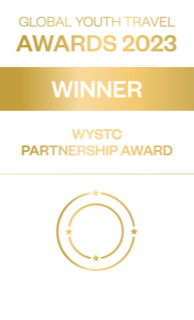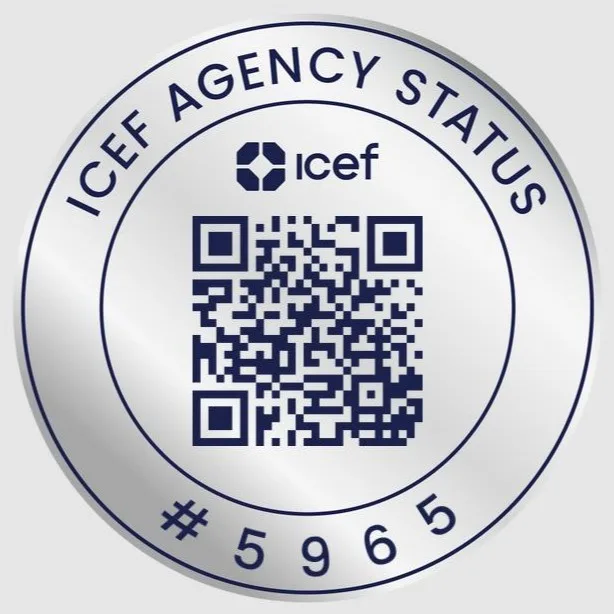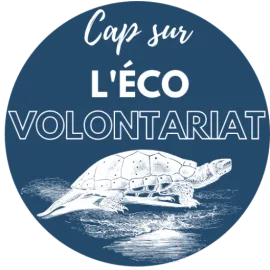The Galapagos Islands are a unique place in the world with a fragile ecosystem that faces many challenges, among them the rapid spread of invasive plants that are destroying the local habitat. The most common of these are mulberry, guava and elderberry which cover a large area of the islands and pose a real threat to the native flora and fauna of Galapagos. They are not only found in private lands, which represent a small percentage of the island’s land, but especially in the National Park areas.
This project began with a dream: to offer San Cristobal a sanctuary where the land is restored to its most natural habitat after being destroyed by agriculture in recent decades. A place where nature and human beings can learn from each other.
One of the major problems of the island is that even though the people of Galapagos live in a unique place in the world, it is not a focal point of the educational system. This project also includes an awareness aspect on the protection of natural resources and the local ecosystem.
The NGO works closely with the Galapagos National Park in the restoration of the land. The goal is to preserve the Galapagos Islands and provide a habitat for the giant Galapagos tortoises that are released there.
The organic farm is located in the Galapagos in a small community called “Los Guayabillos” on the island of Santa Cruz, an hour and a half flight from the mainland. Its lands cover an area of 24 hectares populated with fruit trees, plants, a farm and endemic animals. Its owner is Mr. Jorge Larrea, a farmer with 40 years of experience. The farm is fully functional and intends to generate projects that will allow the neighboring communities to participate in the community work of the region.
– Control of invasive species: clean up crops to prevent the proliferation of mulberry and Tupi Rosa and replace them with native or endemic species in the interest of preservation.
– Prepare the soil and plant the food that will be consumed by the people of the farm.
– Growing organic coffee: Coffee harvests are segmented, meaning that when one area is ready for harvest (two/year), the other area is growing. Nevertheless, they must be maintained and cleaned all year round.
– Taking care of the farm animals: milking the cows for the families’ personal consumption, feeding the chickens, ducks and pigs and also cleaning/maintaining the stables.
– Open the paths between the different crops and deploy signage in order to create educational excursions.
Working hours vary depending on the needs of the moment, but in general, work is done Monday through Friday from 8:00 am to 1:00 pm. Afternoons and weekends are free to travel and explore the Galapagos Islands. The days are long and hard and volunteers should be prepared for physical labor in the heat.

Duration during the week | Budget total mission |
|---|---|
2 weeks | 2316 € |
3 weeks | 2982 € |
4 weeks | 3648 € |
5 weeks | 4314 € |
6 weeks | 4980 € |
7 weeks | 5696 € |
8 weeks | 6362 € |
9 weeks | 7028 € |
10 weeks | 7744 € |
11 weeks | 8360 € |
12 weeks | 9076 € |
Volunteers share rooms of 4 to 6 people. Access to a kitchen, bathroom and dining room. Volunteers are provided with bedding and are expected to keep their rooms clean.
Included in the program
– Picnic in the highlands.
– Cooking classes.
– Conservation course with the coordinators.
– Identification of marine species, birds and plants of the island (in groups).
– Free use of snorkeling equipment to enjoy the marine life of Galapagos.
Supplements
– Guayaquil Arrival Package: Reception at the international airport of Guayaquil and one night at the hotel in Guayaquil / from 150€.
Transfers :
– Private transfer from Quito to Baños: 3/4h – from 130€.
– Transfer Guayaquil-Montañita : 2h30 – from 80€.
Additional nights :
– Extra night in Baños : from 19€ / night
– Extra night in Montañita : from 20€ / night
– Single room: – Montañ;ita: from 20€ / night
Meals :
– Half board Montañita : 100€ / week
– Full board supplement in Baños : 125€ / week
– Registration form with your contact information and travel dates (which we will send by email).
– Flights.
– Diet/Allergies.
– Scan of passport.
If medical and repatriation insurance is strongly recommended in Ecuador, it is mandatory for the Galapagos! Only insurance accredited by the Galapagos Islands government will be accepted. This insurance must be taken out on site, at the brokers’ booth at the airports of Quito and Quayaquil.
| | Merci pour votre abonnement |










